Sukkot 2024 (October 16-23, 2024)
Sukkot is a weeklong Jewish holiday that comes five days after Yom Kippur. Sukkot celebrates the gathering of the harvest and commemorates the miraculous protection G‑d provided for the children of Israel when they left Egypt. We celebrate Sukkot by dwelling in a foliage-covered booth (known as a sukkah) and by taking together the “Four Kinds” (arba minim), four special species of vegetation.
The first two days (sundown on October 16 until nightfall on October 18 in 2024, and only until nightfall on Oct. 17 in Israel) of the holiday are yom tov, when work is forbidden, candles are lit in the evening, and festive meals are preceded by Kiddush and include challah dipped in honey.
The intermediate days (nightfall on October 18 until sundown on October 23 in 2024) are quasi holidays, known as Chol Hamoed. We dwell in the sukkah and take the Four Kinds every day of Sukkot (except for Shabbat, when we do not take the Four Kinds).
The final two days (in 2024, from sundown on October 23 until nightfall on October 25, only Oct. 24 in Israel) are a separate holiday: Shemini Atzeret / Simchat Torah.
Dwelling in the Sukkah
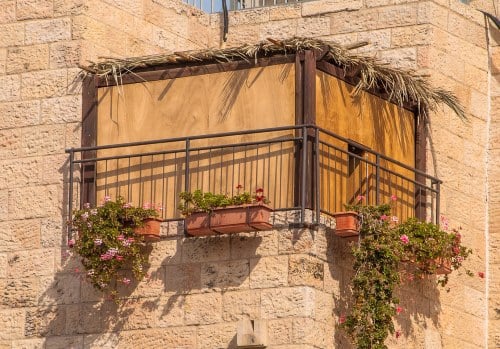
For seven days and nights, we eat all our meals in the sukkah and otherwise regard it as our home. Located under the open sky, the sukkah is made up of at least three walls and a roof of unprocessed natural vegetation—often bamboo (sometimes in the form of convenient bamboo rolls), pine boughs or palm branches.
You can either purchase a prefabricated sukkah or build one on your own. Here are some basic rules to be aware of:
- Is there a roof or tree over your intended sukkah location? The answer needs to be “no” for the sukkah to work.
- You can be creative with the walls, but you need to have at least two walls and a partial third wall (that conforms to very specific criteria) for the sukkah. The walls need to be somewhat firm, not flapping in the breeze, so use boards, or well-tied fabrics.
- The covering must have been harvested from the ground, not be food, and not have been fashioned into a utensil. Neither can it be a wide beam, such as the ones used for permanent roofing (generally about a foot wide). Narrower beams are technically OK, but it is best not to use anything that even looks like a regular roof. It must not have any use other than providing (imperfect) shade. So repurposed building materials and 2x4s are out, as are raw animal hide and synthetic mesh.
(Read more here: How to Build a Sukkah)
The goal is to spend as much time as possible in the sukkah, at the very minimum eating all meals in the sukkah—particularly the festive meals on the first two nights of the holiday, when we must eat at least an olive-sized piece of bread or mezonot (grain-based food) in the sukkah. The Chabad practice is to not eat or drink anything outside the sukkah. Some people even sleep in the sukkah (this is not the Chabad custom).
Before eating in the sukkah, say the following blessing:
Bah-rookh ah-tah ah-doh-noi eh-loh-hay-noo meh-lekh hah-oh-lahm ah-sher ki-deh-shah-noo beh-mitz-voh-tahv veh-tzee-vah-noo lay-shayv bah-soo-kah.
Blessed are You, L‑rd our G‑d, King of the universe, who has sanctified us with His commandments, and commanded us to dwell in the sukkah.
During the first two days of the holiday, this blessing is often said as part of Kiddush.
(Read more here: The Sukkah)
Taking the Four Kinds
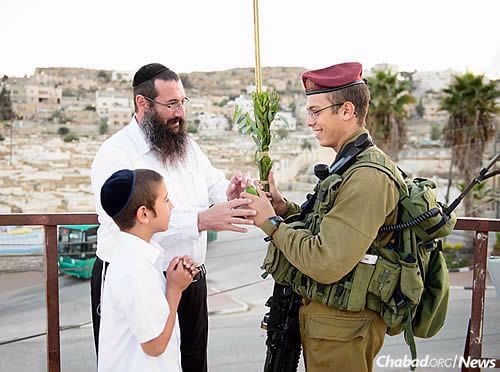
Another Sukkot observance is the taking of the Four Kinds: an etrog (citron), a lulav (palm frond), three hadassim (myrtle twigs) and two aravot (willow twigs). Before the holiday, the hadassim and aravot are bound to the lulav.
(Read more here: Four Kinds Owner’s Manual)
On each day of the festival (except Shabbat), hold the lulav in your right hand and say:
Bah-rookh ah-tah ah-doh-noi eh-loh-hay-noo meh-lekh hah-oh-lahm ah-sher ki-deh-shah-noo beh-mitz-voh-tahv veh-tzee-vah-noo ahl neh-tee-laht loo-lahv.
Blessed are You, L‑rd our G‑d, King of the Universe, who has sanctified us with His commandments and commanded us regarding taking the lulav.
Then pick up the etrog in your left hand.
On the first day of Sukkot (or the first time on Sukkot you get to do this), add this blessing:
Bah-rookh ah-tah ah-doh-noi eh-loh-hay-noo meh-lekh hah-oh-lahm sheh-heh-kheh-yah-noo veh-kee-mah-noo ve-hig-ee-yah-noo liz-mahn hah-zeh.
Blessed are You, L‑rd our G‑d, King of the Universe, who has granted us life, sustained us and enabled us to reach this occasion.
Bring the lulav and etrog together in your hands and wave them gently in all six directions: right, left, forward, up, down and backward.
The sages of the Midrash tell us that the Four Kinds represent the various personalities that comprise the community of Israel, whose intrinsic unity we emphasize on Sukkot.
(Read more here: The Four Kinds)
Candles
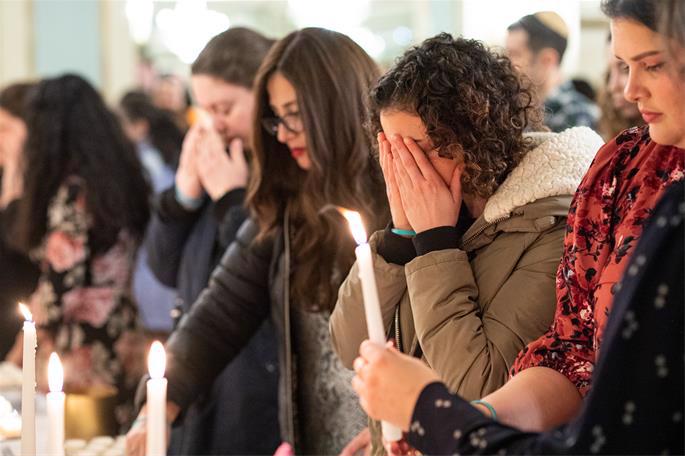
The first two days (one day in Israel) are classified as yom tov. Like Shabbat, no work is done, with the notable exception that certain types of food prep and carrying in the public domain are permitted.
On these days, the night meals are preceded by holiday candle-lighting in the Sukkah. Before lighting the candles (on the second night, this is done from a pre-existing flame), say:
Bah-rookh ah-tah ah-doh-noi eh-loh-hay-noo meh-lekh hah-oh-lahm ah-sher ki-deh-shah-noo beh-mitz-voh-tahv veh-tzee-vah-noo leh-hahd-lik nayr shehl (shah-baht veh-shehl) yohm tohv.
Bah-rookh ah-tah ah-doh-noi eh-loh-hay-noo meh-lekh hah-oh-lahm sheh-heh-kheh-yah-noo veh-kee-mah-noo ve-hig-ee-yah-noo liz-mahn hah-zeh.
Blessed are You, L‑rd our G‑d, King of the Universe, who has sanctified us with His commandments and has commanded us to kindle the light of (Shabbat and of ) the Festival Day.
Blessed are You, L‑rd our G‑d, King of the Universe, who has granted us life, sustained us and enabled us to reach this occasion.
If it is rainy or windy in the sukkah, and you cannot protect the candles from the elements, of if they pose a fire hazard in the sukkah, they may be lit indoors.
(Read more here: Holiday Candle-Lighting Procedure)
Festive Meals
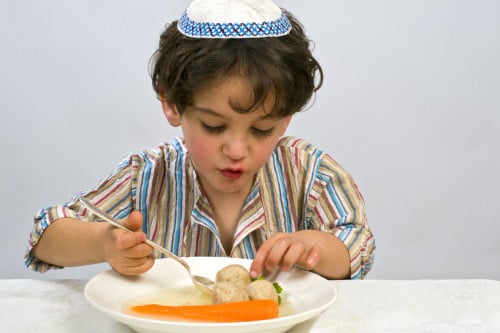
The festive meals we eat in the sukkah are preceded by Kiddush over wine, and we then begin the meal over two whole loaves of challah, which are sliced, dipped in honey and distributed to all those present. Before we eat we say the special sukkah blessing, and the Grace After Meals includes special holiday insertions.
Like all holiday meals, it is appropriate to pepper the conversation with words of Torah and inspiration, as well as Jewish songs.
(Read more here: What to Expect at Sukkot Meals)
Hoshanot and Hoshanah Rabbah
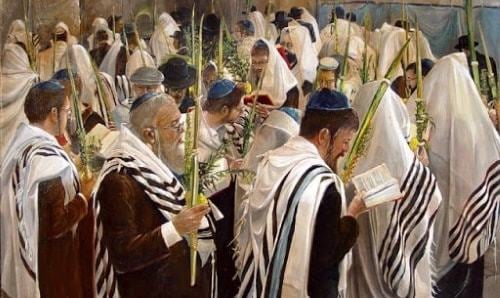
Every day of Sukkot, we say Hallel, the psalms of praise from Psalms (113-118) as part of the morning prayer service. Every day besides Shabbat, we do so clutching the Four Kinds, waving them in all directions at certain key points in the service outlined in the siddur (prayerbook).
Afterward, we circle the bimah (the podium on which the Torah is read) holding the Four Kinds, reciting alphabetically arranged prayers for Divine assistance known as Hoshanot.
The seventh day of the holiday is known as Hoshanah Rabbah. This is the day when our fates for the coming year—which were signed on Rosh Hashanah and sealed on Yom Kippur—are finalized. On this day, we circle the bimah seven times. We also say a short prayer and strike the ground five times with bundles of five willows (also known as Hoshanot)
(Read more here: Hoshanot: Winding and Willows)
Water and Joy

On Sukkot, G‑d determines how much rain will fall that winter (the rainy season in Israel). Thus while every sacrifice in the Temple included wine libations poured over the altar, on Sukkot, water was also poured over the altar in a special ceremony. This ritual engendered such joy that it was celebrated with music, dancing and singing all night long. This celebration was called was “Simchat Beit Hasho’evah.”
Even today, when there is no Temple, it is customary to hold nightly celebrations that include singing and dancing (and even live music during the intermediate days of the holiday).
(Read more here: The Joyous Water-Drawing Ceremony)
Shemini Atzeret / Simchat Torah: Even More Joy

The Torah tells us that after the seven days of Sukkot, we should celebrate an eighth day. In the diaspora, this eighth day is doubled, making two days of yom tov, when candles are lit and no work is done. On the final day, it is customary to conclude and then immediately begin the annual cycle of Torah reading, making this day Simchat Torah (“Torah Celebration”).
Although the eighth day follows Sukkot, it is actually an independent holiday in many respects (we no longer take the Four Kinds or dwell in the sukkah). Diaspora Jews eat in the sukkah, but without saying the accompanying blessing (there are some who eat just some of their meals in the sukkah on the eighth day).
The highlight of this holiday is the boisterous singing and dancing in the synagogue, as the Torah scrolls are paraded in circles around the bimah.
(Read more here: What to Expect at Simchat Torah)
Final Note
By the time Simchat Torah is over, we have experienced a spiritual roller coaster, from the solemn introspection of the High Holidays to the giddy joy of Sukkot and Simchat Torah. Now it is time to convert the roller coaster into a locomotive, making sure that the inspiration of the holiday season propels us to greater growth, learning and devotion in the year ahead.


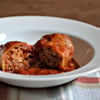
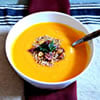
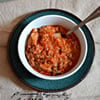






Join the Discussion